Mastering the Art of Hybridization in Cannabis Breeding
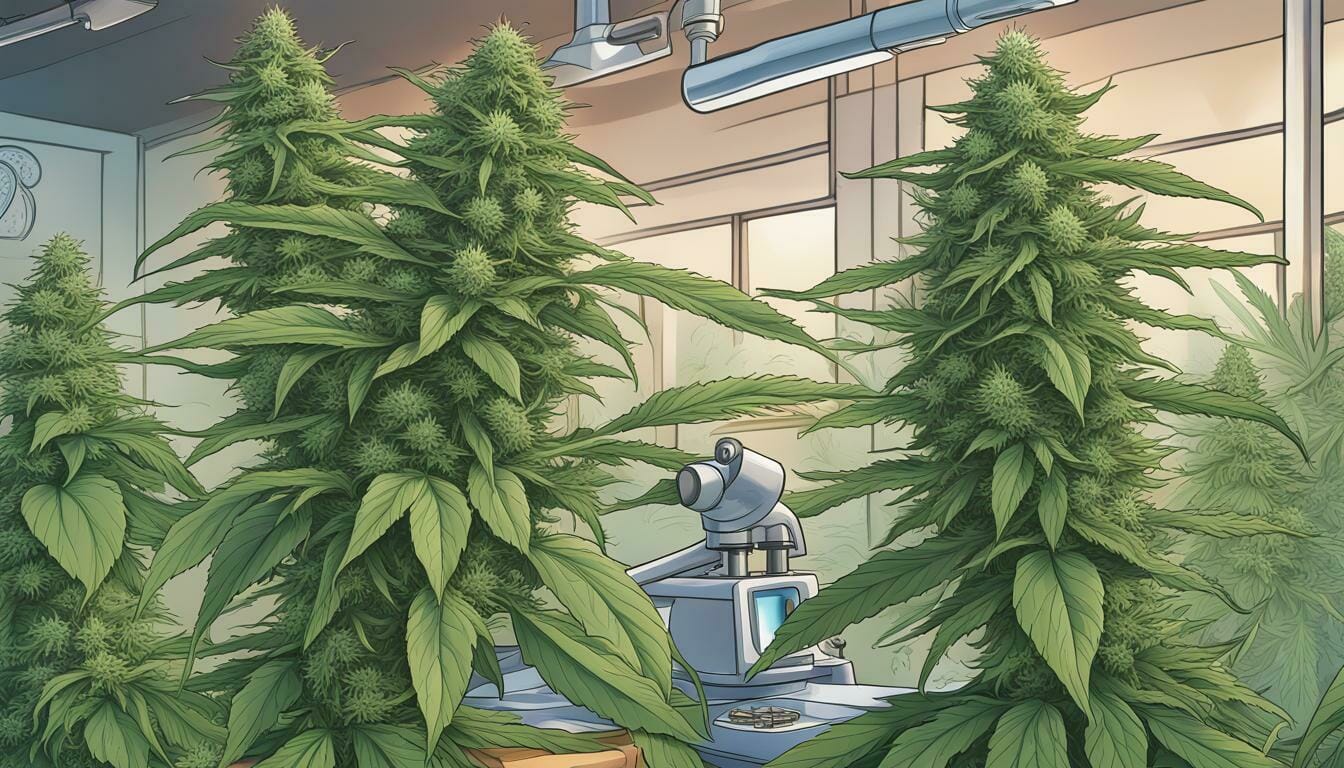
With the increasing demand for unique and high-quality cannabis strains, breeders are constantly experimenting with new techniques to create the perfect plants. One of the most important and complex techniques is hybridization in cannabis breeding. By combining the genetic traits of two different strains, breeders can create new hybrid strains with unique characteristics.
The art of hybridization is crucial for breeders looking to achieve their desired results. It requires a deep understanding of cannabis genetics, careful selection of parent plants, and the ability to control the breeding process. Mastery of this technique can lead to the creation of highly sought-after strains that stand out in a crowded market.
Key Takeaways
- Hybridization is an important technique in cannabis breeding that enables the creation of unique and desirable strains
- Mastering the art of hybridization requires a deep understanding of cannabis genetics and careful selection of parent plants
- Advanced techniques such as backcrossing, selective breeding, and tissue culture propagation can be used to create exceptional strains
- Creating new strains requires careful testing and evaluation to ensure consistency and quality
- Seed banks such as SeedsHereNow.com provide breeders with access to a wide range of high-quality cannabis seeds to support their breeding projects
Understanding Cannabis Genetics
Creating successful cannabis hybrids requires a solid understanding of cannabis genetics. Breeding relies on the genetic traits present in cannabis strains, which breeders then manipulate to create new, desired characteristics. Understanding the role of genetics in cannabis breeding is crucial in developing successful strains and achieving consistent results.
Dominant and Recessive Traits
When breeding cannabis, breeders are working with dominant and recessive traits. Dominant traits are expressed more frequently than recessive traits. In contrast, recessive traits are only expressed when the individual plant inherits two copies of the recessive gene, one from each parent. Understanding dominant and recessive traits is important because it informs the selection of parent plants.
Phenotypes and Genotypes
Phenotypes and genotypes are another important aspect of cannabis genetics. A phenotype is the visible physical expression of a genotype, while a genotype is the genetic makeup of an organism. Phenotype selection is crucial in cannabis breeding because it allows breeders to select plants with the desired physical traits.
Male and Female Plants
The role of male and female plants is important in cannabis breeding. Male plants produce pollen, which can fertilize female plants to produce seeds. In contrast, female plants produce flower buds, which are the desired part of the cannabis plant for consumption. Breeders often select the best male and female plants to use as parents in hybridization, taking into account their desirable traits.
Overall, understanding cannabis genetics is integral to the success of cannabis breeding. By selecting parent plants with complementary traits, breeders can create new strains that possess desirable and unique characteristics.

The Hybridization Process
The hybridization process is crucial in creating new cannabis strains with unique and desirable traits. Breeders carefully select parent plants with desired characteristics and cross-pollinate them to produce F1 hybrids. This process involves several techniques and considerations that influence the outcome of the hybridization process.
One of the most important considerations is genetic diversity. Breeders must ensure that the parent plants have a diverse genetic background to increase the chances of creating a unique and successful hybrid strain. This is because genetic diversity plays a significant role in determining the characteristics of the new hybrid strain.
Controlled pollination is another technique that breeders employ in the hybridization process. Breeders use different methods to control pollination, such as bagging the flowers or using a paintbrush to transfer pollen from the male plant to the female plant. This ensures that only desired traits are passed on to the offspring.
After pollination, the F1 hybrids are grown and evaluated for their characteristics. The breeders look for traits such as potency, flavor, and yield, among others, in the F1 hybrids. Once the desired traits are identified, breeders will then continue to stabilize the new strain to ensure that the traits are consistent in subsequent generations.
Stabilization involves selecting the F1 hybrids with the desired traits and breeding them with themselves or with other hybrids. This process continues until the hybrid strain becomes stable, meaning that the offspring consistently exhibits the desired characteristics. The aim of stabilization is to create a uniform and stable strain that will produce consistent results in terms of potency, flavor, and other desirable traits.
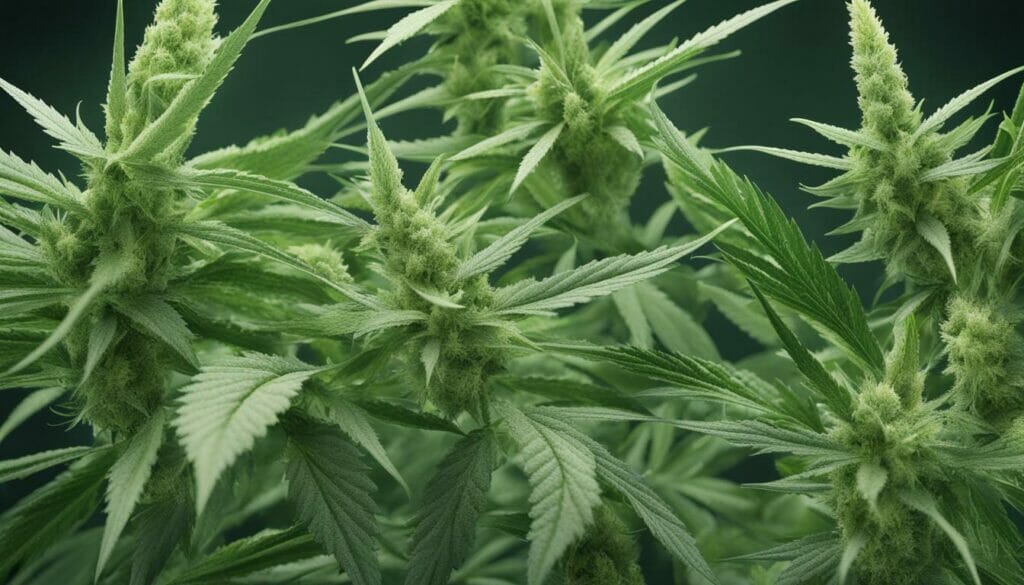
Factors to Consider in Cannabis Breeding
When it comes to breeding cannabis, there are several factors to consider that can greatly impact the success of your breeding project. Here are some tips to help you create stable, high-quality hybrid strains.
Parent Plant Selection
Selecting the right parent plants is essential to achieving your desired traits in the new hybrid strain. Look for plants with complementary qualities, such as one parent with high THC levels and another with a desirable flavor profile or aroma. It’s also important to consider the stability and uniformity of the parent plants to ensure consistency in the new hybrid strain.
Phenotype Selection
Phenotype selection is the process of selecting plants with desirable physical characteristics. It’s important to evaluate plants based on traits such as height, yield, and disease resistance to ensure the new hybrid strain has the desired characteristics.
Genetic Diversity
Genetic diversity is crucial in cannabis breeding to avoid inbreeding and ensure the health and vigor of the new hybrid strain. Breeders should aim to introduce a wide range of genetic traits into the new strain from different parent plants to create a stable and healthy hybrid strain.
Stability and Uniformity
A stable and uniform hybrid strain is important for consistent quality and ease of cultivation. Breeders should focus on stabilizing the new hybrid strain through several generations of breeding to ensure uniformity in physical traits and potency levels.
Testing and Evaluation
Thorough testing and evaluation are necessary to ensure the new hybrid strain meets the desired characteristics and is of high quality. Breeders should conduct extensive lab testing and field trials to analyze potency levels, terpene profiles, and other important traits.
Remember:
Successful cannabis breeding requires careful consideration of several factors, including parent plant selection, genetic diversity, stability and uniformity, and thorough testing and evaluation.
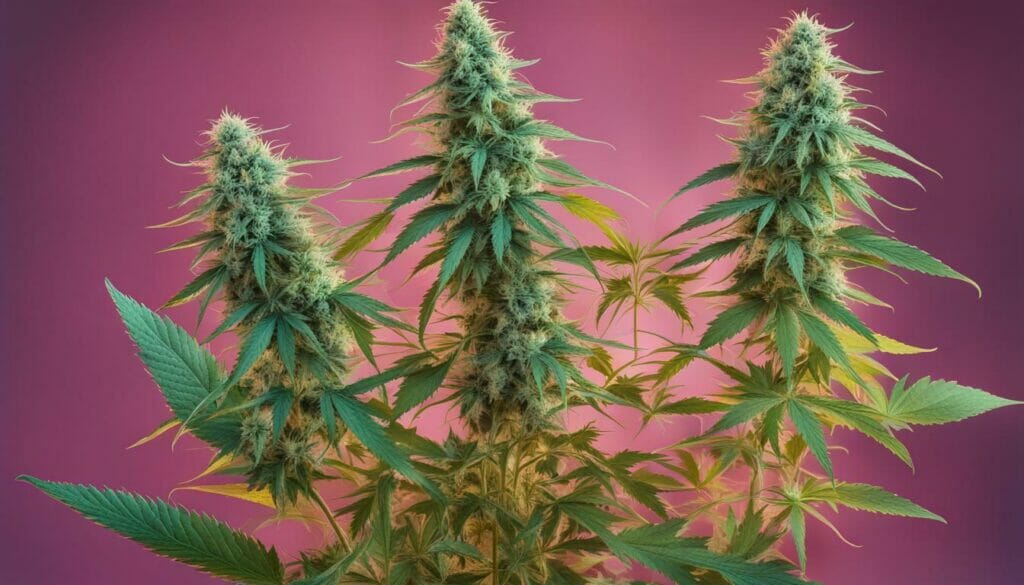
Advanced Cannabis Breeding Techniques
Breeding cannabis strains is both art and science. To create exceptional strains, breeders need to not only master the basics of genetics and hybridization but also employ advanced techniques that require patience, skill, and experience.
One of the most commonly used advanced techniques is backcrossing, which involves breeding a hybrid plant back with a parent or an inbred line with desirable traits to reinforce those traits in the offspring. This technique is used to stabilize new strains and create consistent results.
Another technique is selective breeding, where breeders carefully select and mate plants that produce desirable traits, such as high THC content or unique flavors. This can be a time-consuming process, but it can result in new, highly sought-after strains.
Tissue culture propagation is another advanced technique that involves growing new plants from a small piece of a parent plant, called an explant. This technique is used to create identical clones of a plant with desirable traits, such as high CBD content or resistance to pests and diseases.
Advanced breeding techniques require knowledge, patience, and a commitment to excellence. Experienced breeders know how to select the right plants, create new hybrids, and stabilize new strains, resulting in cannabis varieties that are highly desired by consumers.

Creating New Cannabis Strains
Harnessing the power of hybridization, cannabis breeders can create entirely new cannabis strains with unique characteristics. But, breeding takes time, patience, and dedication.
The process of creating a new strain starts with selecting desirable parent plants based on potency, flavor, and other characteristics. Then, breeders cross-pollinate the parents to create F1 hybrid offspring, which show an array of traits from both parents. The F1 hybrid is then stabilized by producing subsequent generations and selecting offspring with traits similar to the desired characteristics of the new strain.
Stabilization is the process of creating uniformity in the new strain by producing offspring that show consistent and desirable traits. It can take several years to stabilize a new strain, and it requires ongoing testing and evaluation to ensure the consistency of the chosen characteristics.
Testing the New Strain
It is crucial to test new strains to ensure they meet the desired characteristics and quality standards. Testing involves evaluating the cannabinoid and terpene profile, as well as the plant’s growth characteristics, to ensure the new strain’s consistency and stability. Breeders can use sophisticated laboratory testing methods, such as high-performance liquid chromatography (HPLC), to evaluate the cannabinoid content of their new strains.
Testing can also involve recruiting experienced consumers to provide feedback on the new strain’s effects and flavor. This allows breeders to fine-tune their breeding process and produce strains that meet the evolving preferences of the cannabis market.
The Importance of Patience and Persistence
Creating new cannabis strains requires patience, persistence, and a deep understanding of cannabis genetics. Breeding cannabis is a long-term investment, and it can take several years to produce a stable and desirable new strain. Breeders must also be prepared to face setbacks, including crop failures and unexpected genetic variations that can negatively impact their breeding projects.
However, for those who are persistent and passionate about cannabis breeding, the rewards can be significant. New strains can bring unique and valuable characteristics to the cannabis industry. They can also help meet the ever-evolving demands of a growing market for high-quality cannabis products.
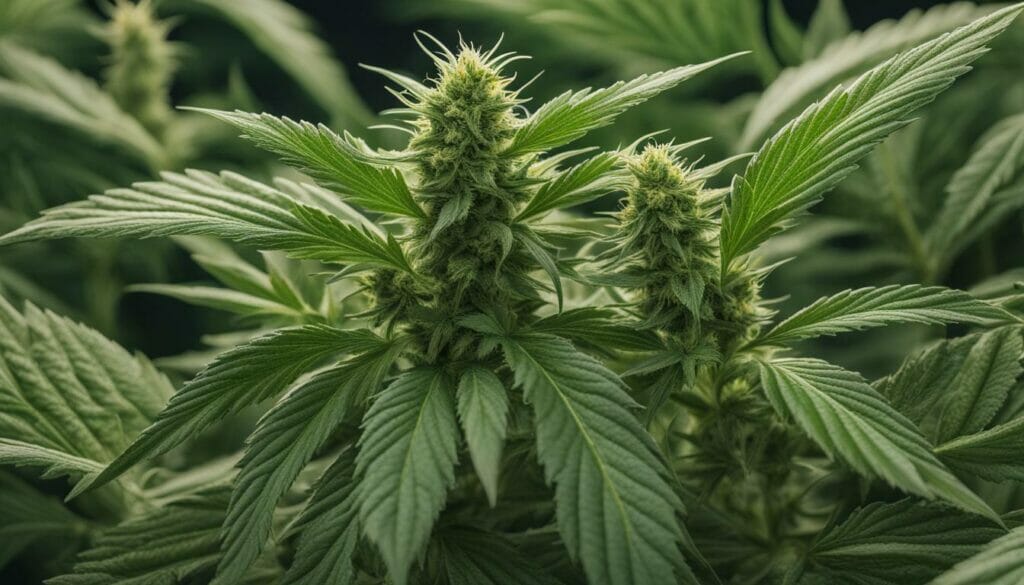
Creating new cannabis strains is like creating new works of art. Each strain is unique, and it takes time, patience, and dedication to produce something truly exceptional.
The Role of SeedsHereNow.com
When it comes to cannabis breeding, selecting the right seeds is crucial. That’s where SeedsHereNow.com comes in. As one of the best USA seed banks, they offer a wide selection of high-quality cannabis seeds to meet the needs of breeders. Their commitment to quality assurance ensures that all seeds are thoroughly inspected and tested before they are made available.
SeedsHereNow.com also understands that the breeding process can be complex and challenging. That’s why they offer support and guidance to help breeders select the right seeds for their projects. The team at SeedsHereNow.com is knowledgeable and experienced and can provide valuable insight into the characteristics of different strains and how they can be best utilized for breeding.
One of the key benefits of working with SeedsHereNow.com is their commitment to genetic diversity. They recognize the importance of maintaining diverse genetic pools to create unique and successful strains. This commitment is reflected in their wide selection of seeds, which includes both well-known and lesser-known strains, as well as rare and exotic varieties.
Whether you’re an experienced breeder or just starting out, SeedsHereNow.com is an excellent resource for all your cannabis seed needs. With their wide selection, quality assurance measures, and expert support, they are the perfect partner for those looking to master the art of hybridization in cannabis breeding.

Hybridization in Cannabis Breeding: Conclusion
Mastering the art of hybridization in cannabis breeding is key to creating unique and successful strains. A thorough understanding of cannabis genetics, careful selection of parent plants, and the hybridization process all play a vital role in achieving desired results. It is equally important to consider factors such as stability and uniformity in hybrid strains, while focusing on potency, flavor, and CBD content.
Breeders can leverage advanced techniques such as backcrossing, selective breeding, and tissue culture propagation to create exceptional cannabis strains. However, it requires knowledge, skill, and patience to master these techniques. Testing and evaluation of new strains are crucial before releasing them to the market.
SeedsHereNow.com plays a critical role in the breeding process by offering a wide selection of quality cannabis seeds and providing support and guidance to breeders. With its quality assurance measures in place, SeedsHereNow.com is regarded as one of the best seed banks in the USA.
Genetic diversity, careful selection of parent plants, and ongoing testing and evaluation are all vital factors in achieving success in cannabis breeding. By mastering the art of hybridization and leveraging advanced breeding techniques, breeders can bring new and unique cannabis strains to the market that meet the demands of today’s consumers.
FAQ
Q: What is the significance of hybridization in cannabis breeding?
A: Hybridization allows breeders to create unique and desirable cannabis strains by combining the traits of different parent plants.
Q: What are the fundamentals of cannabis genetics?
A: Breeders use genetic traits to create new strains, employing concepts such as dominant and recessive traits, phenotypes and genotypes, and the role of male and female plants in the breeding process.
Q: How does the hybridization process work?
A: Breeders select parent plants with desired traits and cross-pollinate them to create new hybrid strains, considering techniques such as controlled pollination and the importance of genetic diversity.
Q: What factors should breeders consider in cannabis breeding?
A: Breeders need to consider selecting parent plants with complementary traits, stability and uniformity in hybrid strains, and the role of phenotype selection in achieving desired characteristics.
Q: What are some advanced cannabis breeding techniques?
A: Experienced breeders utilize techniques such as backcrossing, selective breeding, and tissue culture propagation to create exceptional cannabis strains.
Q: How can new cannabis strains be created?
A: The process involves selecting parent plants, creating F1 hybrids, stabilizing the new strain, and conducting thorough testing and evaluation before releasing it to the market.
Q: How can breeders focus on potency, flavor, and CBD content?
A: Breeders employ methods to enhance these characteristics and conduct testing and analysis to ensure consistency in their new strains.
Q: What is the role of SeedsHereNow.com in cannabis breeding?
A: SeedsHereNow.com is a trusted and reliable seed bank offering a wide selection of cannabis seeds, quality assurance measures, and support and guidance to breeders in selecting the right seeds for their projects.
Suggested Articles
;)
;)
;)



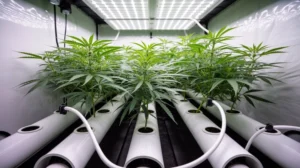
 03 Dec 2025
03 Dec 2025  7 min read
7 min read
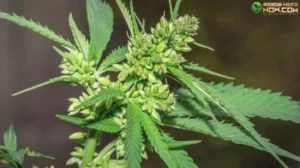

 November 28, 2023
November 28, 2023 


RESPONSES (0)
No responses yet. Be the first to respond!